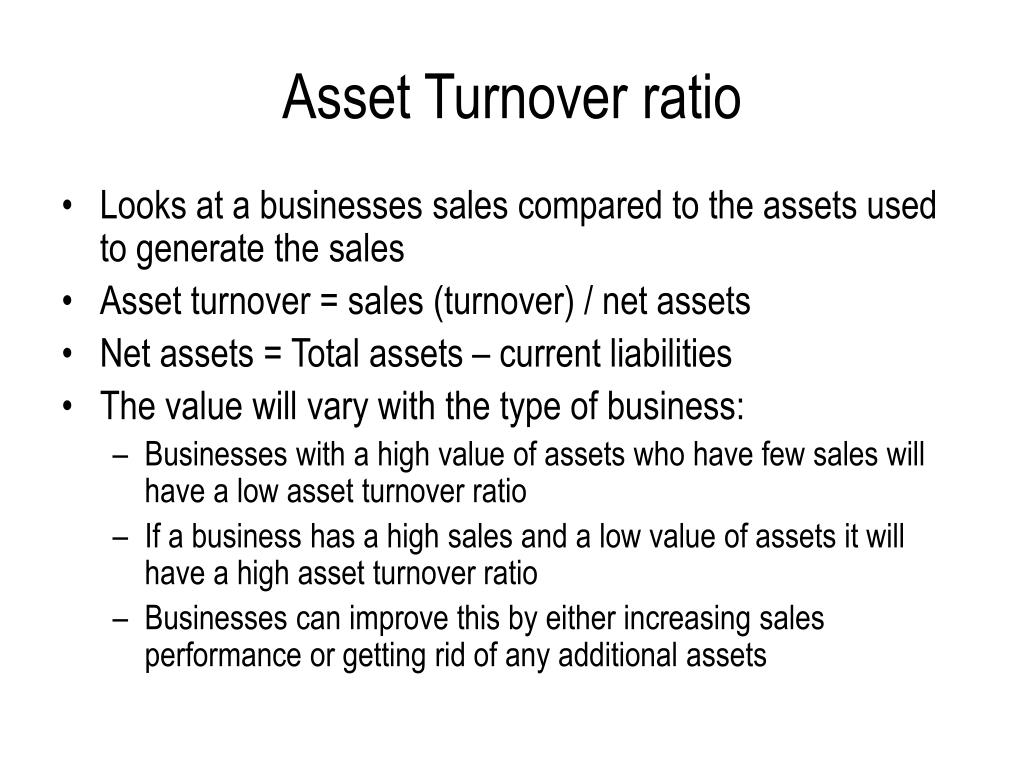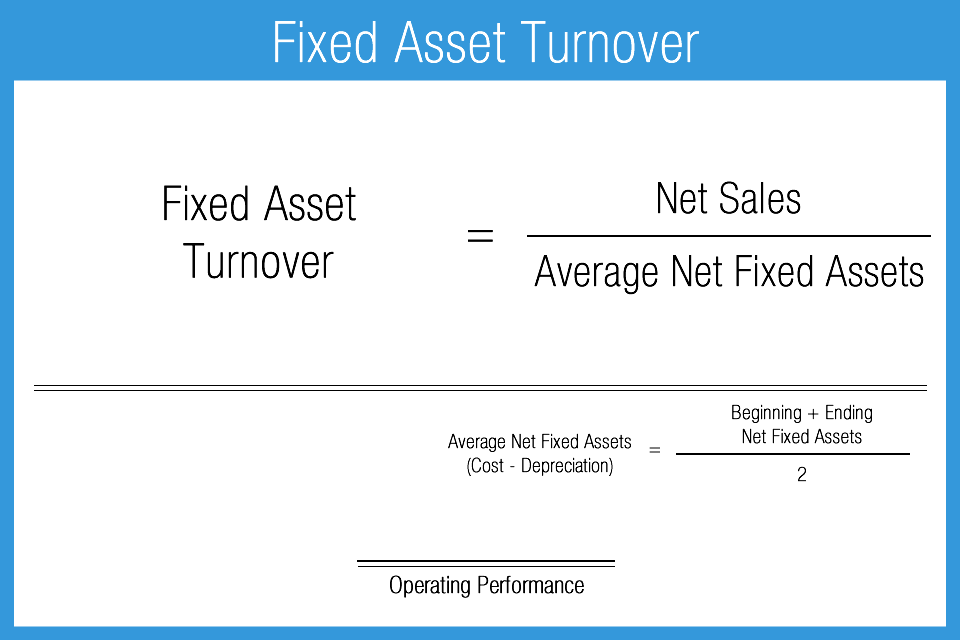


Days of inventory on hand (DOH) = 365 / Inventory turnoverĭOH has an inverse relationship with inventory turnover.It shows us how long it took the company to convert its inventory into sales. We can then use the inventory turnover ratio to calculate another financial ratio, namely days of inventory on hand (DOH). The company cannot meet demand because of insufficient inventory, so sales are less than optimal. So, it could be a problem if the future demand outlook is strong. Yet, a high ratio can also indicate insufficient inventory. Or, the company rebuilds its inventory too quickly even though market demand is still weak. For example, companies may stockpile goods in warehouses due to sales problems. On the other hand, a low ratio could indicate a problem. It shows effective management in managing inventory. Ideally, higher inventory turnover, relative to peers or industry averages, is preferable. Inventory turnover = Cost of goods sold / Average inventory.The formula for calculating inventory turnover is: We divide the cost of goods sold (COGS) on the income statement by the average inventory on the balance sheet to calculate it. Inventory turnover shows how well a company manages its inventory. We also call this the activity ratio, and it includes: Of course, we like it when the company is productive and efficient in carrying out day-to-day operations. The efficiency ratio tells us how effectively a company manages its assets and liabilities.
#Assets turnover ratio how to
How to calculate and interpret financial ratios? This article breaks down the ratios by classifying them into four groups, including: What are the four types of financial ratios? Assess the company’s ability to meet its liabilities (short-term and long-term).Assess how effective and efficient the company is in generating profits.Forecast future cash flows and how quickly a company can convert sales into cash.Assess current financial flexibility to support future growth, including those related to capital structure and leverage levels.Evaluate past performance, such as management’s ability to manage the company’s finances and operations.It helps us understand the company’s financial condition and performance, including to: There are several reasons why financial ratios are important for us in analyzing financial statements. Ratios must be meaningful and refer to economically important relationships, thus helping us interpret the company’s financial performance and soundness. To calculate it, we divide one financial statement item by another, expressed as a percentage or multiple.īut, the interpretation may not be as simple as the calculation. What are financial ratios?įinancial ratios are quantitative relationships between two or more numbers in financial statements. In this article, I will describe various financial ratios, including their formulas and interpretations.


 0 kommentar(er)
0 kommentar(er)
